Understanding How to Check for Oral Cancer
Oral cancer remains a significant health concern in the United States, with thousands of new cases diagnosed each year. Early detection can greatly improve treatment outcomes, yet many people are unaware of how to recognize the warning signs or perform effective screening. Knowing how to check for oral cancer empowers individuals to take proactive steps toward maintaining their oral health and seeking timely medical advice.
What Is Oral Cancer and Why Early Detection Matters
Oral cancer includes malignancies that develop in the mouth, throat, tongue, lips, and other related areas. It can be life-threatening if not identified early, as it may spread rapidly. Because the symptoms often start subtly, learning how to detect these signs before they progress is crucial. Dentists and medical professionals recommend regular screenings as part of routine oral health exams to catch suspicious changes early.
One compelling story that highlights the importance of early detection involves a patient named Sarah, who noticed a persistent sore on her tongue that wouldn’t heal. Initially dismissing it as a minor injury, she delayed seeing a professional until her dentist identified the lesion during a routine visit. Early biopsy and diagnosis allowed Sarah to start treatment promptly, significantly improving her prognosis.
Step-by-Step Methods to Check for Oral Cancer at Home
While professional screenings are essential, performing regular self-examinations at home can help you spot potential problems early. Here is a detailed approach to checking for oral cancer yourself:
1. Use Proper Lighting and Tools
Stand in front of a mirror in a well-lit room. Use a flashlight and a clean finger or tongue depressor to examine all areas of your mouth carefully.
2. Examine Your Lips and Gums
Check for unusual lumps, sores, or patches of red or white discoloration. Pay close attention to any thickened areas or ulcers that do not heal within two weeks.
3. Inspect the Inside of Your Cheeks
Look for any irregularities, bumps, or persistent soreness. Run your finger inside your cheeks to detect any masses or rough patches.
4. Check the Roof and Floor of Your Mouth
Lift your tongue and observe the upper palate and underside. Watch for swelling, sores, or any abnormal tissue changes.
5. Examine Your Tongue Thoroughly
Stick out your tongue and look for lumps, color changes, or persistent pain. Gently feel the sides and underneath the tongue for any hard spots or irregularities.
6. Look at the Throat and Back of the Mouth
Though harder to see, try to spot redness, swelling, or unusual patches at the back of the throat or tonsil area using a flashlight or by opening your mouth wide.
Recognizing Common Oral Cancer Symptoms
Being aware of typical symptoms can help identify oral cancer sooner. Watch out for:
Persistent Mouth Sores
Sores or ulcers that last more than two weeks without healing can be an early warning sign.
Red or White Patches
These patches may appear on the gums, tongue, or inside of the cheeks and should be examined by a professional.
Unexplained Bleeding or Numbness
Bleeding not linked to injury or numbness anywhere in the mouth or lips requires prompt medical attention.
Difficulty Swallowing or Speaking
Changes in speech or trouble swallowing can indicate deeper tissue involvement.
Lumps or Thickened Areas
Any unusual lumps or hardened spots in the mouth or neck area should be checked by a healthcare provider.
Professional Oral Cancer Screening: What to Expect
During a professional dental visit, the dentist or hygienist performs an oral cancer screening as part of the routine exam. This involves visually inspecting the mouth and palpating the tissues for lumps or abnormalities. In some cases, specialized tools such as toluidine blue dye, VELscope, or brush biopsies may be used to detect suspicious areas more accurately.
Early screening is especially important for individuals with higher risk factors, including tobacco or heavy alcohol use, a history of HPV infection, prolonged sun exposure to the lips, or a family history of cancer.
How Advances in Technology Improve Oral Cancer Detection
Modern diagnostic technologies continue to enhance early oral cancer detection. Non-invasive imaging tools and molecular tests can now identify precancerous changes earlier than traditional methods. This progress is changing how dentists approach screenings and follow-ups, providing patients with better chances for successful treatment.
Why Regular Dental Visits Are Essential for Oral Cancer Prevention
Scheduling routine dental check-ups plays a vital role in maintaining oral health and spotting potential problems before they worsen. A dentist’s trained eye can catch abnormalities you might miss and offer immediate referrals for further testing if needed. This continuous monitoring is key to preventing late-stage diagnoses.
Taking Action: When to See a Doctor Immediately
If during a self-examination you notice any persistent sores, lumps, discoloration, or unexplained symptoms, do not delay seeking professional advice. Early consultation with a dentist or oral surgeon can lead to prompt diagnosis and treatment, significantly improving outcomes.
Resources and Support for Oral Cancer Patients
Support organizations and educational resources provide valuable information for patients diagnosed with oral cancer and their families. Connecting with such communities helps people stay informed about treatment options, nutrition, and coping strategies.
If you want expert guidance on oral cancer screening and prevention, visit Dentistry Toothtruth for personalized care recommendations tailored to your needs. Taking charge of your oral health today can save lives tomorrow.

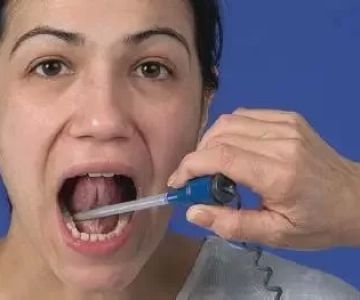

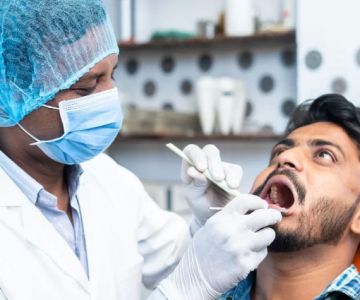
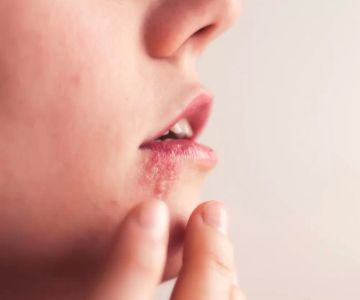
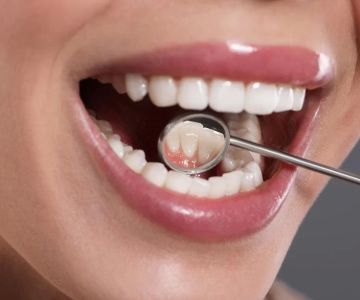
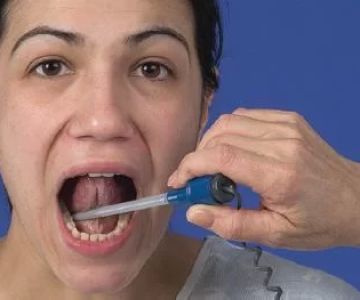
 Growing Smiles of Voorhees4.0 (2464 review)
Growing Smiles of Voorhees4.0 (2464 review) Affordable Dentures & Implants4.0 (855 review)
Affordable Dentures & Implants4.0 (855 review) Coventry Family Dental4.0 (247 review)
Coventry Family Dental4.0 (247 review) Hiser Orthodontics5.0 (283 review)
Hiser Orthodontics5.0 (283 review) Sapphire Family Dental (Dr. Amy Chi, Dr. Emily Allen & Dr. Steven Rzepecki)4.0 (208 review)
Sapphire Family Dental (Dr. Amy Chi, Dr. Emily Allen & Dr. Steven Rzepecki)4.0 (208 review)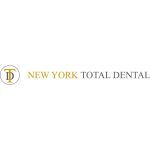 New York Total Dental5.0 (85 review)
New York Total Dental5.0 (85 review) The Importance of Oral Health Education During Pregnancy for a Healthy Pregnancy
The Importance of Oral Health Education During Pregnancy for a Healthy Pregnancy Best Tips for Brushing Your Teeth Properly for Healthy Gums: Essential Techniques for Oral Health
Best Tips for Brushing Your Teeth Properly for Healthy Gums: Essential Techniques for Oral Health Why Skipping Dental Checkups Can Lead to Bigger Oral Health Problems
Why Skipping Dental Checkups Can Lead to Bigger Oral Health Problems Advantages of Porcelain Dental Restorations
Advantages of Porcelain Dental Restorations How Can Diabetes Cause Tooth and Gum Problems? Preventing and Managing Oral Health Issues
How Can Diabetes Cause Tooth and Gum Problems? Preventing and Managing Oral Health Issues Healthy Habits for Promoting Good Oral Health and Hygiene: Tips for a Healthy Smile
Healthy Habits for Promoting Good Oral Health and Hygiene: Tips for a Healthy Smile